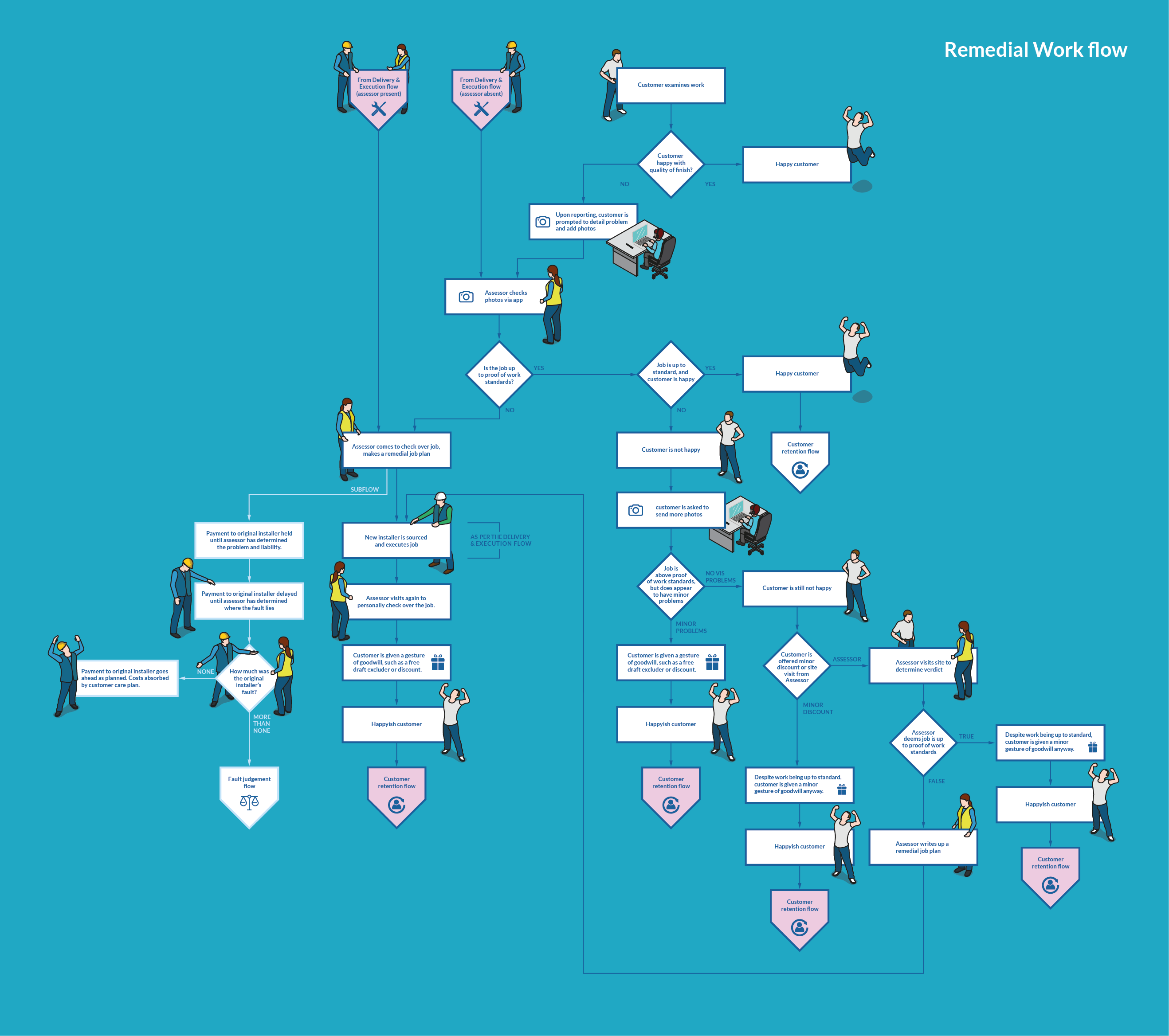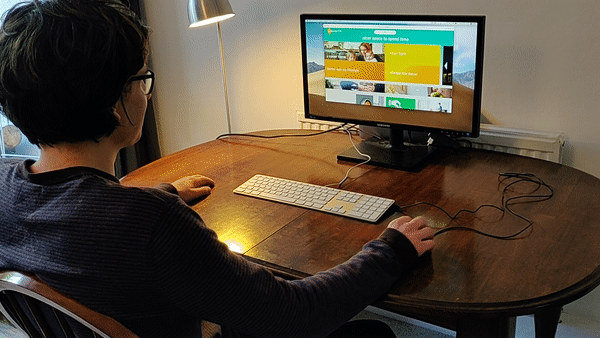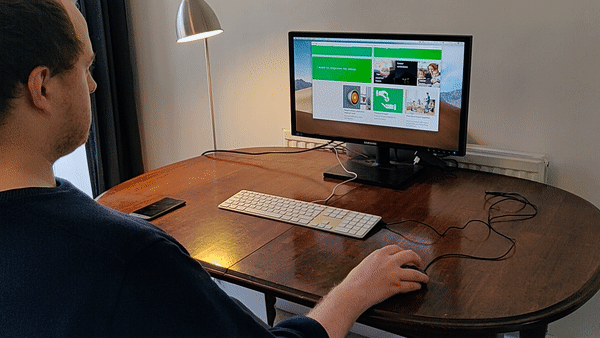ON5 UK
SERVICE DESIGN,
CUSTOMER EXPERIENCE,
PRODUCT DESIGN
SERVICE DESIGN,
CUSTOMER EXPERIENCE,
PRODUCT DESIGN
REDUCING HOUSEHOLD EMISSIONS BY CREATING A SUSTAINABLE HOME RENOVATION PLATFORM

ON5 UK is an R&D subsidiary, specialising in sustainable business development. Their mission is to reduce the UK’s domestic energy consumption by retrofitting homes to be more energy efficient.
My role in the company was to carry out a user centred research process to inform and design a holistic home retrofit service, including an online store and cross-platform home management software.
Being Experience Designer, I had responsibility for our overall product design direction. Being in a small design-led team involved coordinating research, high-level project planning, stakeholder management, prototyping and user testing.

Project Management
I built a 6 month timeline structuring our research and design, with the goal of having a defined product ready to pitch to brand partners and initiate codevelopment.

Alongside this I designed frameworks for the capture and storage of research across our soon-to-be expanding team. This included interview capture documents, an insight repository and a research-request mechanism.

User Centred Design Process
For four months I carried out the plan that had a workload intended for two. This included conducting semi-structured interviews with past and potential customers, collecting pain points and sweet points, prototypotyping and user testing.
Our market research and design decisions were largely informed by primary research: semi-structured interviews and workshops with previous & potential customers, and industry experts such as EDF, BNP Paribas, and Anthesis.

Interviews and workshops
Directing my own research relied on communicating my findings to the rest of the team. I presented weekly to my colleagues, and hold workshops and focus groups with clients on a bimonthly basis.
Workshops have consisted of sharing research findings, idea generation exercises, and problem shooting with industry experts and stakeholders. A particularly effective exercise I use is conducting pre-mortems - asking the attendants to answer ‘how might this fail?’

I used this research gathered here to develop user personas and process flows.



Blueprints, Flows and Wireframes
A cyclical investigative process of wireframing, prototyping and repeated user testing enabled us to build up an evidence-based list of features that are appealing to our potential customers. Informing our user journeys, from granular user flows to holistic service diagrams.




As our research as user testing progressed, we were able to design more granular and specific user flows and scenarios.



User testing and prototyping
Information from the semi-structured interviews was used to create a database of pain points and sweet points, which were then prioritised and used to inspire targeted idea generation.

User flows and wireframing were used to define potential features, and develop a full service diagram, turning rough sketches into paper prototypes ready for user testing. These low-fidelity prototypes allowed for quick development and testing across a wide range of ideas. I incorporated user-driven prototyping at the beginning and end of each user interview. Asking them what they think our service should include; and if anything was missing, or should change, respectively.




Reacting to Evidence
As our understanding of the project’s subject matter evolved, the high-level plan needed to be constantly questioned and updated. Adapting the plan accordingly to the findings of the research to ensure it remains the best course of action.
During the research process, we found that although people do want a more energy efficient home, it takes a backseat among priorities. On top of this, it financially competes with more desirable things such as holidays. We had to pivot, reframing our approach in terms of what people care about, such as the resultant effects of an energy efficient home - improved health, and a cosier, smarter home.
From there, we redesigned our product prototypes to centre more around an online retail service, with targeted customer segmentation, behavioural nudges, and non-linear features that provide purpose in returning to the site.

High-Fidelity Prototyping
I produced high-fidelity prototypes to test more specific and granular aspects of the design, such as changes in content, copy, imagery and optimal product groupings. This was to inform the Dashboard ‘matrix’ that we were building for our brand partners, which allowed for customisation of the contents and measurement of its success.

Interactive prototypes were used to test alternative user interfaces and feature flows. Such as designing features to be discrete experiences or integrated into the main flow.


Evidence-based decision making
I used observational studies (such as semi-structured interviews and user testing) and evidence-based practices (like questionnaires and A/B testing) to inform project direction and product development decisions.
Employing scientific method, I designed experiments based on cutting edge behavioural research and tested the efficacy of specific behaviour change techniques in the context of our service.





While working on the home-planner tool, I hypothesised that providing a ‘sometime in the future’ section in the planner interface would increase the number of items the user puts down. To test this, I had to carefully design an experiment in an empirical manner to ensure that only the behaviour of the user was being isolated and tested.




The results showed that 81% of users added at least one extra item to their wishlist, with 70% adding three items or more. I presented these findings to our brand partners along with other applications of behavioural research.
The feature was added to the home planner tool, further testing and development was carried out, as well as devoting more time towards testing methods to increase wishlist conversion rates.
If you would like to hear more about my process for ON5,
please contact me at olly@ollydonovan.com
olly@ollydonovan.com